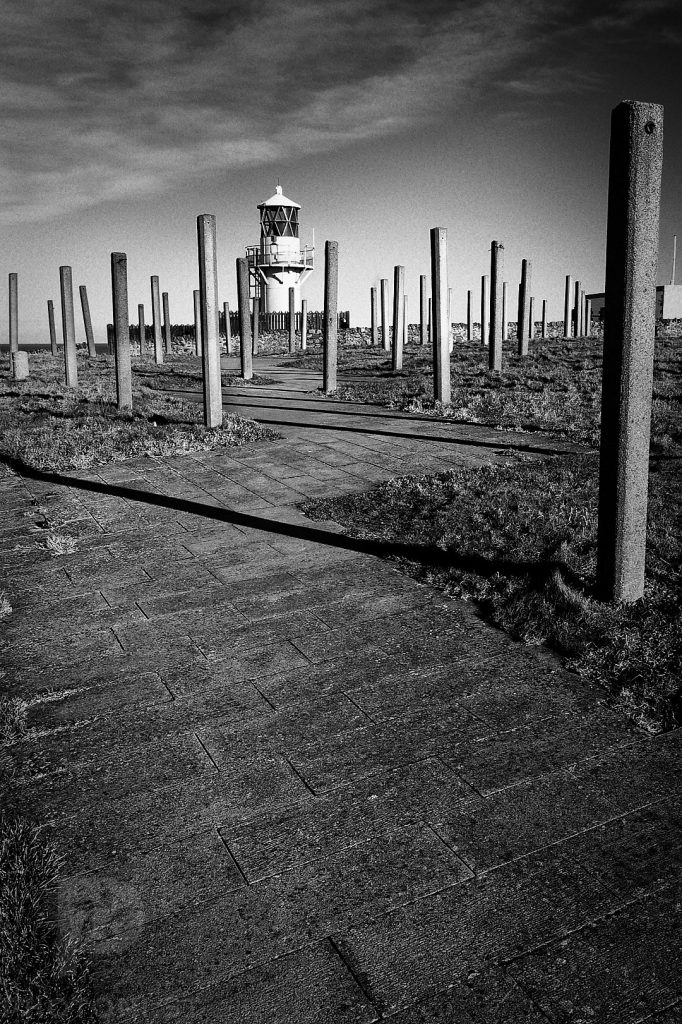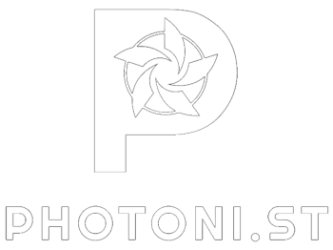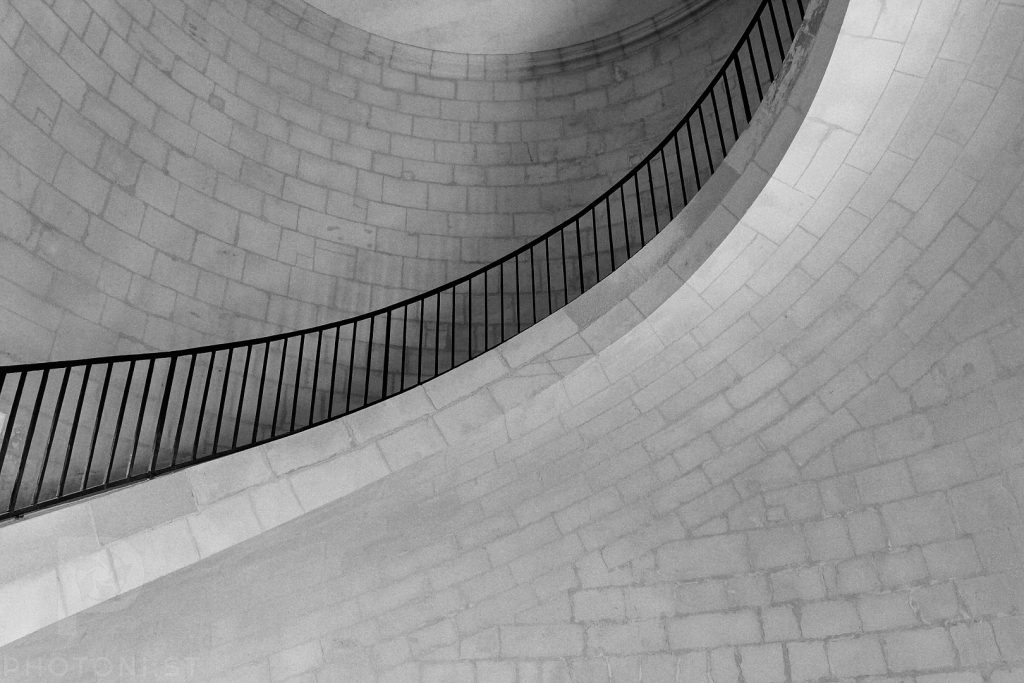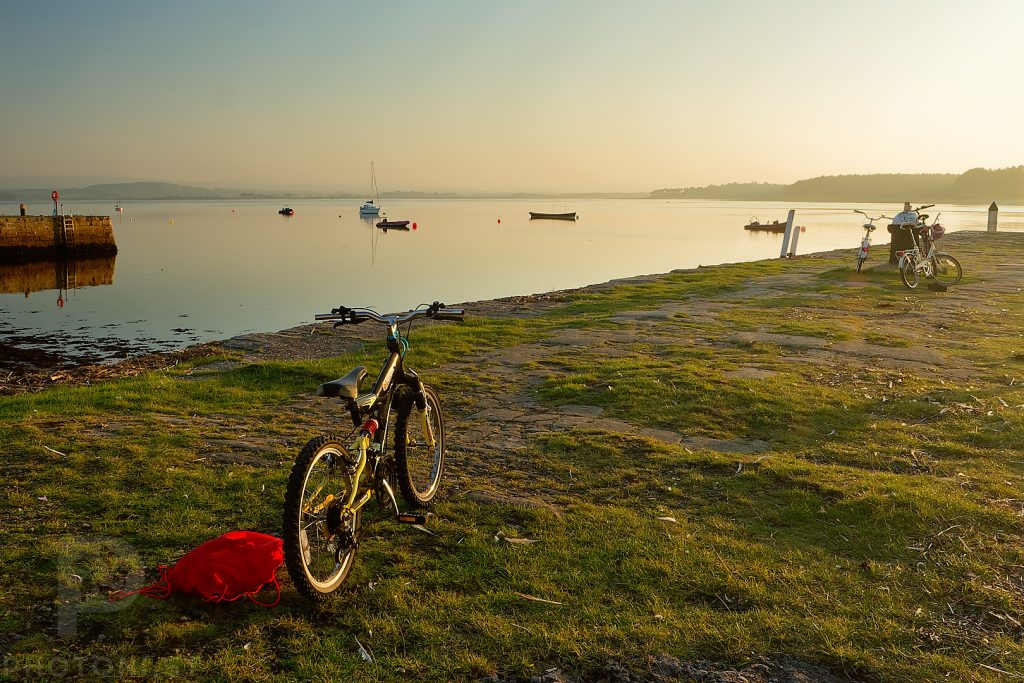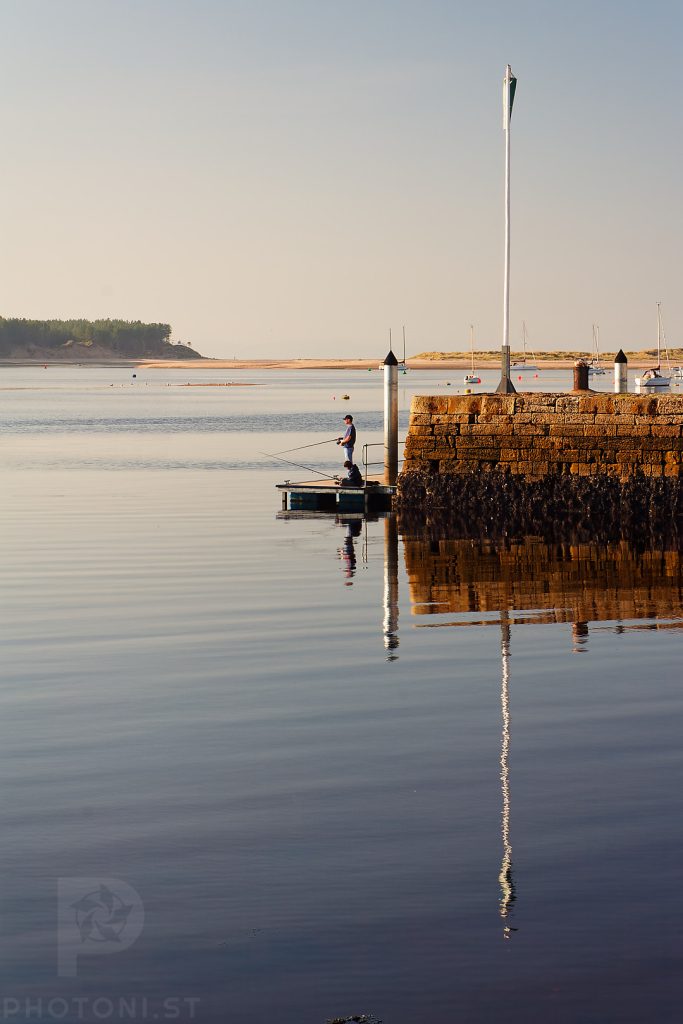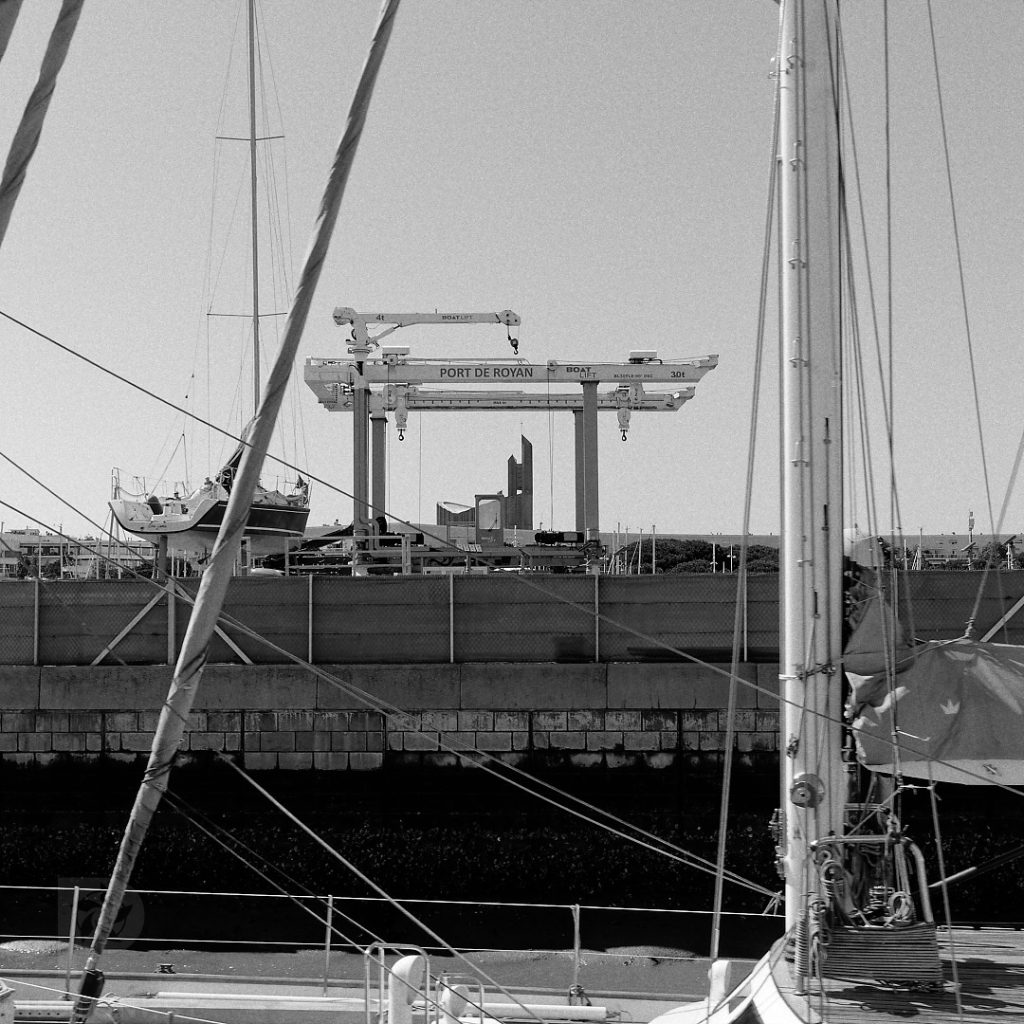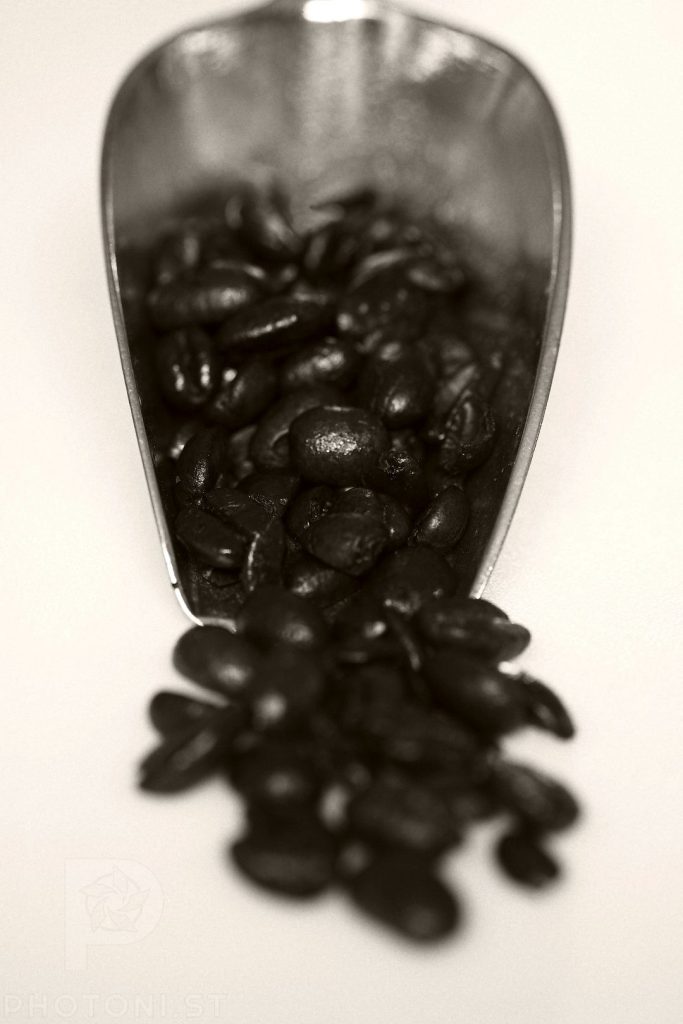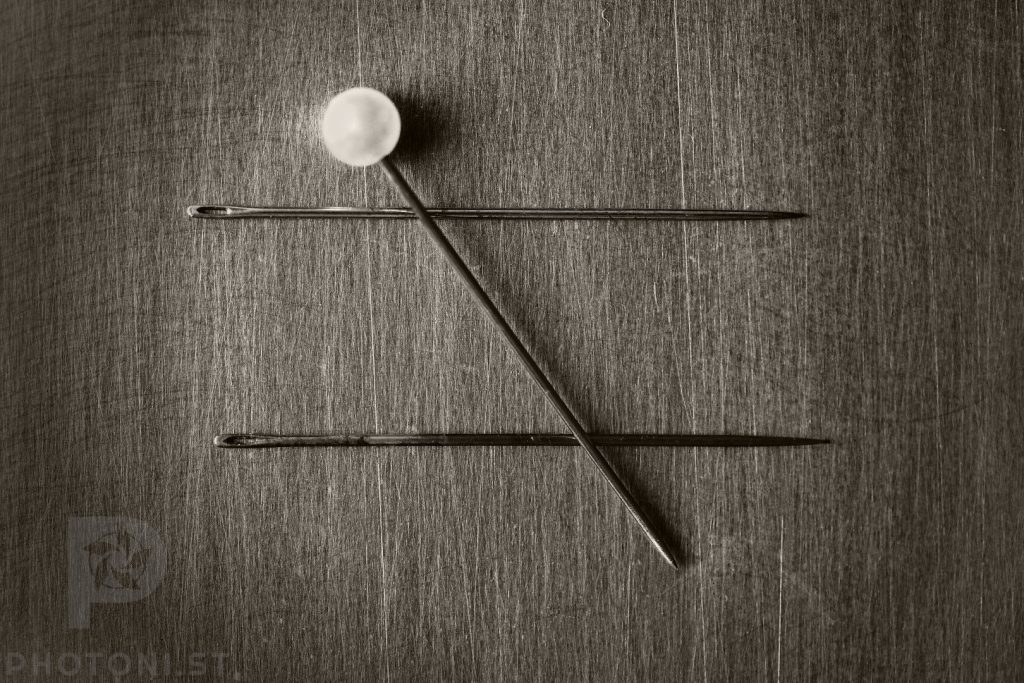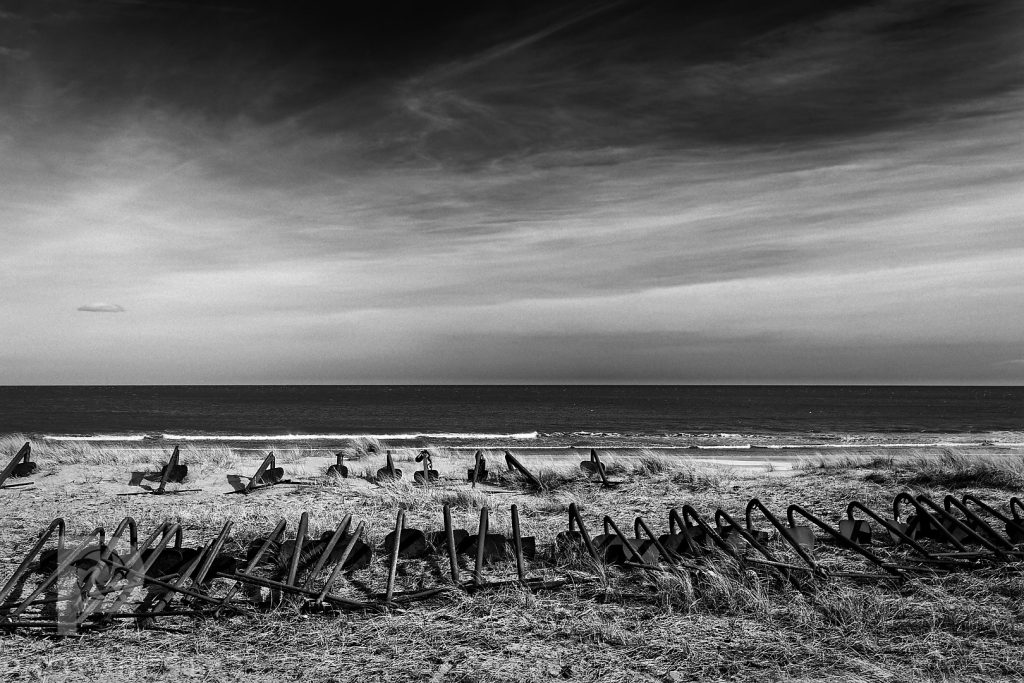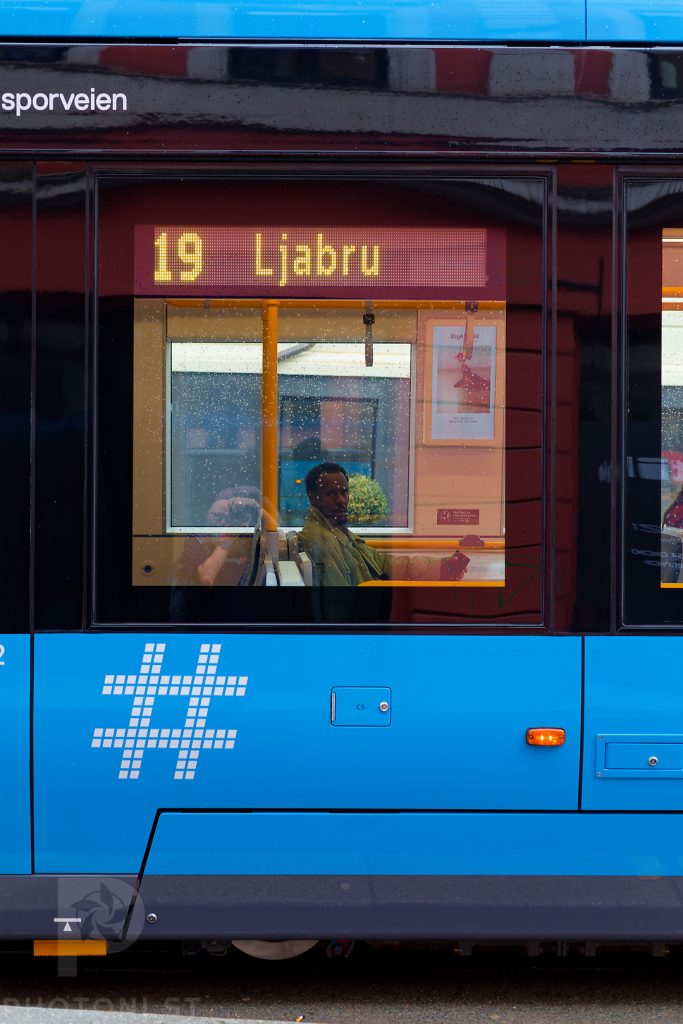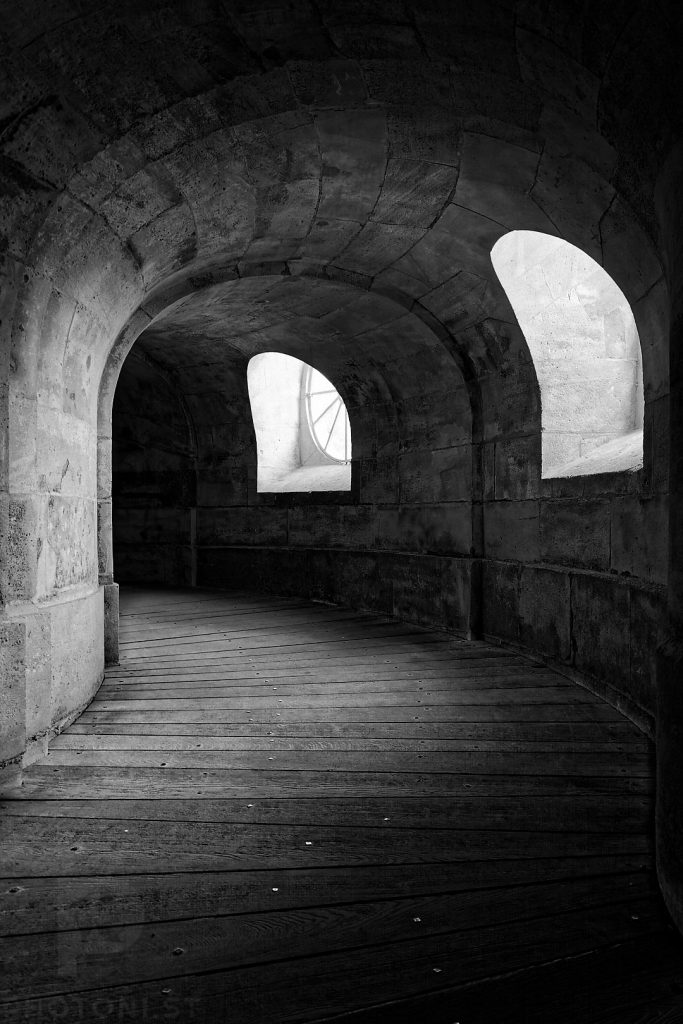I’ve taken a lot of lighthouses in my years because I find their idea insane: build a structure in the most inhospitable places, put a few guards in it, and make them keep the light on. It’s crazy.
This insanity made me go round a lot of the Scottish East coast lighthouses to photograph them.
